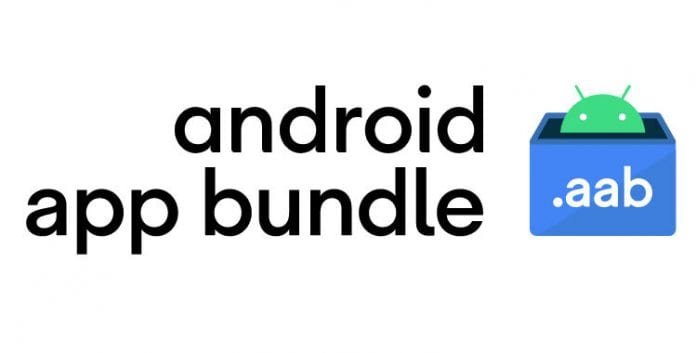Last Updated on January 22, 2024 by Asfa Rasheed
Table of Contents
What Is an App Bundle?
An Android App Bundles are decently as of late presented transfer designs for the Google Play Store that replaces the old single APK design. They incorporates the entirety of an application’s assembled code and assets, very much like previously, however it offloads the last APK age and marking assignments to Google Play.
The App Bundle Distribution is utilized by the new application serving model, Dynamic Delivery.
The primary duty of Dynamic Delivery is to produce and serve APKs explicitly custom fitted to every client’s gadget design.
This includes “parting” the application, and it brings about the client just downloading the code and assets they need, which thusly implies a more modest application download, with less space involved on a gadget after establishment.
Designs Used By Dynamic Delivery
Dynamic Delivery arranges the streamlined split design dependent on a gadget’s ABI, limitation, and screen thickness. Beneath I’ll broadly expound on every setup rule utilized for the split.
Application Binary Interface (ABI):
The ABI characterizes how an application’s machine code should associate with a framework at runtime, and this all relies on a gadget’s CPU and CPU guidance set (for instance, arm64 or x86). On account of Dynamic Delivery, when a gadget’s ABI is resolved, it has no need for other ABI setups and they can be eliminated from the last pack.
Limitation Resources:
Limiting an application basically implies making diverse string interpretations for every language the application ought to be in.
At the point when the application was sent as a solitary APK utilizing the old methodology, it contained all restrictions immediately, despite the fact that there was not really a requirement for that. Application packs improve this interaction by conveying just the language assets that match the gadget’s framework districts.
Nonetheless, if the client chooses to change the framework region after the application is now introduced, assets for missing dialects will be consequently downloaded. For certain applications, the restriction case may go much further and incorporate region explicit recordings or symbolism. Thus, those applications will profit much more from advanced group conveyance.
Screen Density Resources:
An Android application ought to have the option to run on a wide range of screen sizes and pixel densities. Android typically performs essential scaling and resizing to adjust a UI to various screens, however to guarantee a superior UX, extra work should be finished.
This typically incorporates the accompanying:
UI formats relying upon the screen arrangement — for instance, formats explicitly intended for watch, telephone, tablet, or TV.
Bitmaps to coordinate with each screen thickness. Symbol drivable for each screen thickness on the off chance that they are excessively unpredictable for a mipmap drawable.
Once more, the more seasoned technique with the single APK would’ve conveyed that load of assets immediately, despite the fact that a gadget would not have had a lot of need for the vast majority of them. In any case, App Bundle Distributionthat solitary those assets that compare to a gadget’s screen size and thickness will be conveyed.
Step by step instructions to Make an App Bundle:
The most effortless approach to make an application group would be by utilizing Android Studio rendition 3.2 or higher.
As should be obvious, the age of an application pack is a default alternative. Choosing Next will take you through the standard key store choice discourse, which is the same than it was during the old APK marking measure.
From that point onward, Android Studio will construct the application pack and present us with an .aab record that is fit to be transferred to Google Play.
The most effective method to Test the Android App Bundles:
After you have your .aab document, you should test its conduct when sent on a genuine gadget. There are two different ways to play out this testing interaction:
Through the Google Play Store, by transferring an application pack to one of the prerelease channels (inside, alpha, or beta) and getting it on the gadget from that point.
Utilizing the bundle tool to send on the gadget through the order line.
The primary way, through the Google Play Store, is quite direct and offers fundamental testing to ensure the application pack works. The subsequent choice offers more granular testing and a more nitty gritty in the engine look. We should discuss it more.
At the point when you chose Generate Signed Bundle/APK… as portrayed in the past area and afterward went through the means of making the application pack, you were quite utilizing the bundletool. Android Studio has another instrument situated at Build > Build Bundle(s).
This device consequently makes the necessary APK split for the predetermined gadget and transfers it to the previously mentioned gadget for testing. It is basically done by altering the ideal run/troubleshoot setup and setting the send alternative to APK from application pack, as displayed beneath.
Read More: What to look for in a cable TV provider?
Apart from that, if you are interested to know about Top Android App Development Trends then visit our Technology category.






















